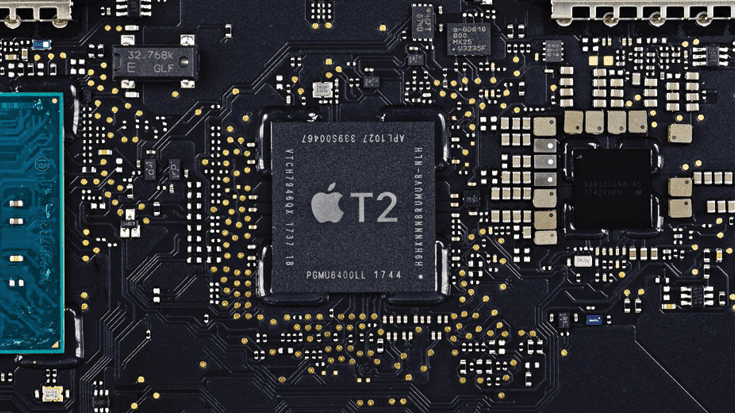
32-Bit vs. 64-Bit and Why It Matters
Chances are high that you’re running a 64-bit/x64 operating system, application, or CPU—and you don’t even know it.
With macOS Catalina dropping support for 32-bit, some users may find themselves without their favorite applications. Now, macOS will warn users prior to upgrading to macOS Catalina and showcase the incompatibility:
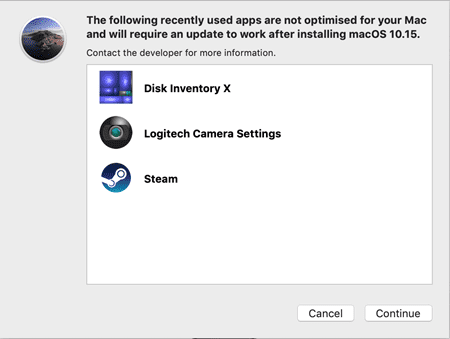
In order to continue using your favorite 32-bit applications on macOS Catalina, the software developers will need to update the software to support 64-bit. If the software developer chooses not to do this, users can utilize a virtual machine with Parallels Desktop to run their favorite applications on their Mac.
What is a bit?
By means of Lifewire’s definition, a bit is shorthand for binary digit. In laymen’s terms, this is where you see units of measurements regarding 1s and 0s and can apply to computer networking or memory. Sometimes you’ll see the formatting as “32-bit” or “x32.” These two formats represent the same thing.
32-bit and 64-bit operating systems
The 32-bit processor was the most popular processor used by computers until the early 1990s. Both Intel Pentium and AMD processors were 32-bit, which means Microsoft’s Windows 95, 98, and XP are all 32-bit operating systems. However, a slight shift occurred in 2003 when Microsoft released a 64-bit version of Windows, and then in 2005 shifted the internal processor to a 64-bit AMD processor.
Microsoft Windows utilizing a more powerful processor in combination with a more powerful operating system unlocked a lot of potential with improved security, better game performance, and the ability to allocate more memory as needed. Why does this matter? Every personal computer (whether a Mac® or PC) has a 32-bit OS or 64-bit OS, and this dictates the user experience. The OS and the software used is the underlying foundation for our productivity.
Difference between 32-bit and 64-bit CPUs
Simply put, a 64-bit processor is more capable than a 32-bit processor because it can handle more data in any given moment.
The most popular consumer reference to a x64 processor in CPUs or hardware is the Nintendo 64. Hence, the name. Personally, I always thought this was due to 64 games being released with the Nintendo 64 (haha). Nope, it’s due to the processor. Additionally, through a popular HowStuffWorks article, I’ve learned that this specific processor was a customized chip system that was named the 64-bit R4300i “Reality Engine.” (Insert an oooh and an ahhhhh here.)
What’s the difference between 32-bit and 64-bit software?
HowToGeek outlined a very helpful article: “Why are most programs still 32-bit on a 64-bit version of Windows.” It provides useful information about why users should care about the difference and how it effects their productivity.
The biggest and most simple way to answer what the difference is between 32x and 64x software is that the 64x version will be more secure and reliable.
How to check if a macOS application is 32-bit or 64-bit
If you’re on macOS® Mojave, it’s quite easy to see if any application on your Mac is either 32- or 64-bit. Follow this pathway:
Apple menu > About This Mac > System Report
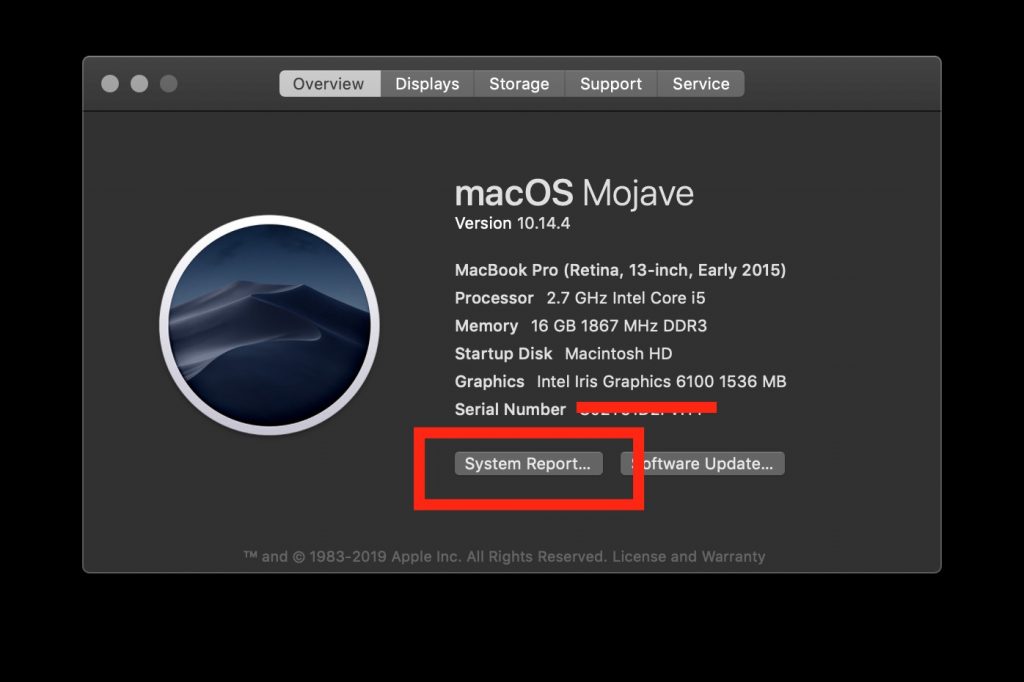
From the System Report, scroll to Software > Applications> Select your desired Application
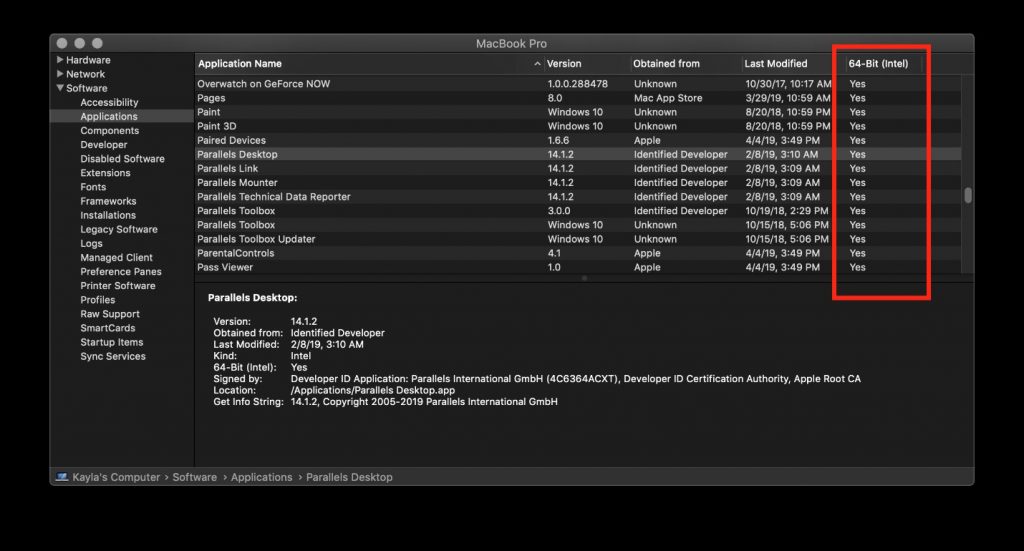
Depending on the applications on your Mac, you may see mostly 64-bit, some 32-bit, or all 32-bit. This is entirely dependent on your personal setup.
How to run older 32-bit operating systems and applications on your Mac
Running older 32-bit operating systems or software on your Mac is quick and easy. With Parallels Desktop® for Mac, you can virtualize any 32-bit operating system in a virtual machine and run your needed application. 32-bit operating systems could be either macOS or Windows. For example, this is what a 32-bit macOS virtual machine looks like in Parallels Desktop:
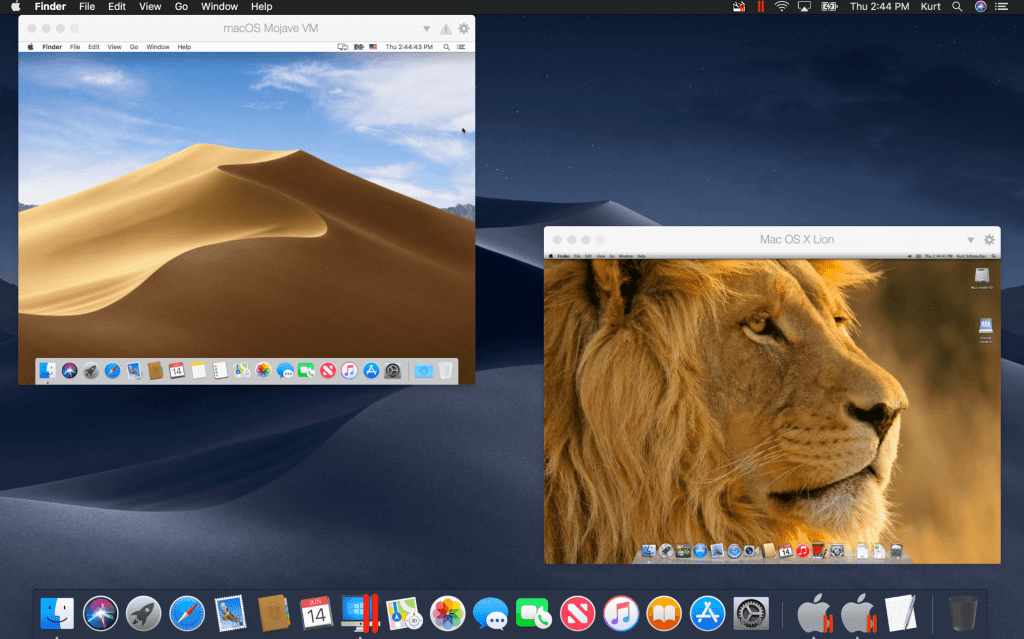
Running a macOS virtual machine on the macOS with Parallels Desktop may seem a bit redundant, but it is absolutely necessary for users who need older 32-bit operating systems or applications. It’s also necessary for developers to code, test, and deploy without buying secondary machines.
Downloading a free trial of Parallels Desktop is easy! Simply download the .dmg, create a new virtual machine with the operating system needed, and run the application to get started.

